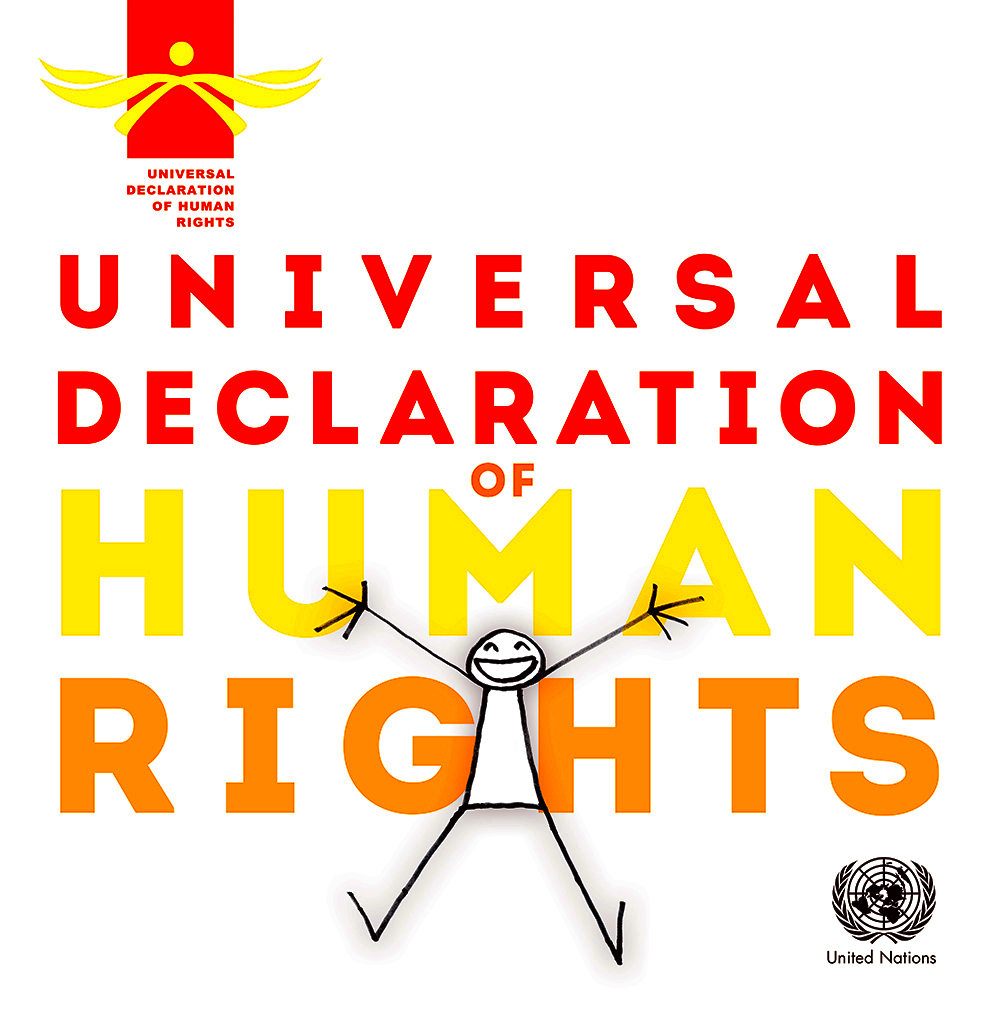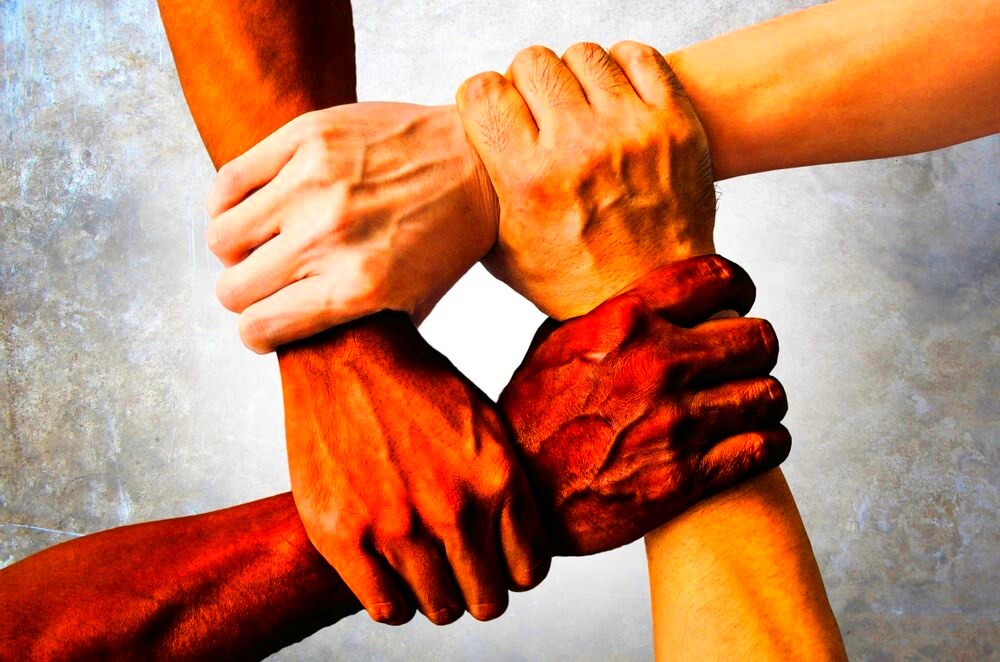In the digital era we are currently living in, knowledge about image rights is of vital importance. There are countless
images that can be found on social media platforms as well as in marketing tools. Awareness on how these regulations apply will help you stay clear from law problems and exhibit respect for other people’s intellectual property.Image rights in America constitute an amalgamation of copyright laws, fair use doctrines and permission contracts. This article will delve into these issues comprehensively so that by the end of it, readers have basic knowledge concerning image rights.
Types of Image Rights and Their Importance

When talking about banner adverts, one must acknowledge the various kinds that are there. The following are the major classes:
- Copyright: This protects original works of authorship, including images. The creator automatically has rights over their work.
- Trademark: Images that identify a brand can be trademarked. This prevents others from using similar images that could cause confusion.
- Right of Publicity: This allows individuals to control how their likeness is used commercially.
Knowing the various categories is critical since they determine the usage, sharing, and selling of pictures. Protecting these rights helps to foster a just creative atmosphere while also safeguarding your work.
How Copyright Protects Images
Image rights greatly rely on copyright law. Automatic protection is granted by it to creators as soon as they create something original. This is how it can be understood:
| Aspect | Description |
|---|
| Automatic Protection | As soon as an image is created and fixed in a tangible form, it is copyrighted. |
| Duration | Typically lasts for the life of the creator plus 70 years. |
| Rights Granted | The creator has exclusive rights to reproduce, distribute, and display the image. |
Copyright only protects the ways in which an idea is put down in writing form and not the idea itself. Therefore, having knowledge of copyright laws enables you to use
images in compliance with the law and morals whether you are doing it for yourself or business.
Fair Use and Its Applications
Fair use is a judicial theory that permits to some extent the use of copyrighted materials without authorization from their owners. This may prove somewhat complicated to resolve, however it is very important for anyone dealing with
images. Fair use is largely relevant in four main circumstances:
- Criticism and Commentary: Using an image to comment on or critique it is often considered fair use.
- News Reporting: Journalists can use images to report on events, provided they attribute them appropriately.
- Education: Teachers and students can use images in a classroom setting without needing a license.
- Research: Academic use may fall under fair use, especially when the images are used for scholarly purposes.
However, ascertaining appropriate usage necessitates examining the following aspects:
- Purpose of the use (commercial vs. educational)
- The nature of the original work
- Amount used in relation to the whole work
- Effect of the use on the market value of the original
Although it is provided for
images by fair use, nothing is ever as simple as it seems. It would be appropriate to consult a legal professional if there are any uncertainties about the issue.
Public Domain and Creative Commons Explained
Images that belong to the public domain can be utilized by anyone without asking for consent. This could be as a result of:
- The copyright has expired.
- The creator intentionally released the work into the public domain.
However, Creative Commons offers a means for inventors to disseminate their creations and yet keep certain privileges. There are different types of Creative Commons licenses that can be classified as follows:
| License Type | Description |
|---|
| CC BY | Allows others to use the work as long as they credit the creator. |
| CC BY-SA | Similar to CC BY, but requires derivatives to be shared alike. |
| CC BY-ND | Allows use but prohibits alterations. |
| CC BY-NC | Allows use for non-commercial purposes only. |
By recognizing these groups, you can better understand image rights and locate images that satisfy your requirements while not interfering with other people’s rights.
How to Properly License Images
Correctly licensing images is crucial for avoiding any legal problems. Here’s a simple guide on ways to do it:
- Identify the Source: Always check where the image comes from. Is it a stock photo site, an artist's portfolio, or a social media platform?
- Choose the Right License: Depending on your intended use, choose an appropriate license. Look for options that specify whether you can modify or use the image commercially.
- Read the Terms: Every license has specific terms. Make sure to read them thoroughly so you understand your rights and responsibilities.
- Credit the Creator: Even if not required, giving credit is a good practice. It acknowledges the creator's work and builds goodwill.
- Keep Records: Maintain documentation of licenses and permissions for future reference.
Obeying such procedures not just safeguards you legally, but also aids the creative sector. Image rights must be upheld in order to create an enabling environment for all artists that is positive and equitable.
Consequences of Image Rights Violations
Some serious repercussions can arise from breach of image rights, both legally and financially. Without authorization somebody may find himself charged by the original artist or copyright holder. Here’s a breakdown of possible outcomes:
- Legal Action: The creator can file a lawsuit for copyright infringement, which can be costly for the infringer.
- Monetary Damages: If found guilty, you may have to pay damages to the original creator, which can be substantial, depending on the case.
- Injunctions: Courts may issue orders to stop the unauthorized use of the image, which can disrupt your business or project.
- Reputational Damage: Being accused of copyright infringement can harm your reputation, making it harder to work with other creators or businesses.
Be careful to always have appropriate usage rights for images in order to evade such results. Understanding the rights that come with every image can save time and prevent too expensive errors.
FAQ About Image Rights in the USA
In the USA, people always ask this about image rights. The clear-cut responses include:
What is copyright?
- Copyright is a legal protection granted to creators of original works, including images, giving them exclusive rights over their creations.
Can I use an image from Google?
- Not without permission. Most images found on Google are protected by copyright. Always check the source and licensing information.
What is fair use?
- Fair use allows limited use of copyrighted material without permission, typically for commentary, criticism, or education.
What does public domain mean?
- Works in the public domain are free to use by anyone because their copyright has expired or they were never copyrighted.
How do I know if an image is licensed?
- Look for licensing information on the image source, which should specify how the image can be used.
 When talking about banner adverts, one must acknowledge the various kinds that are there. The following are the major classes:
When talking about banner adverts, one must acknowledge the various kinds that are there. The following are the major classes:
 admin
admin








